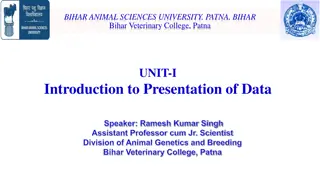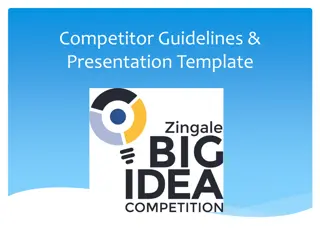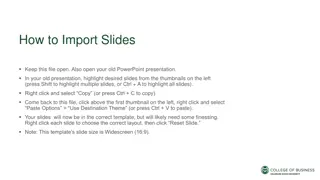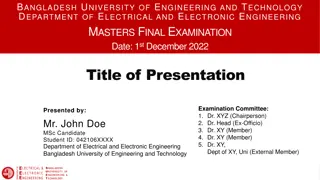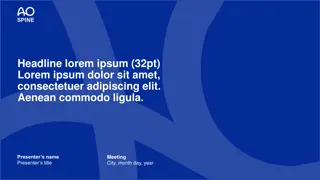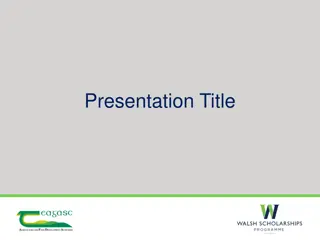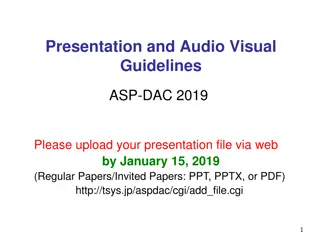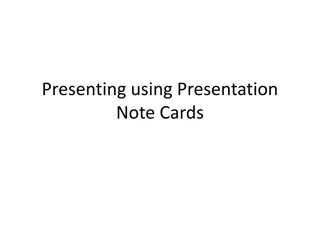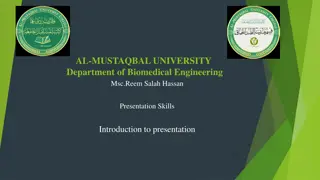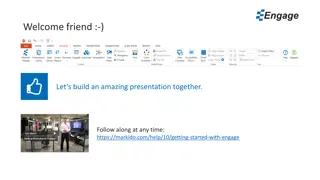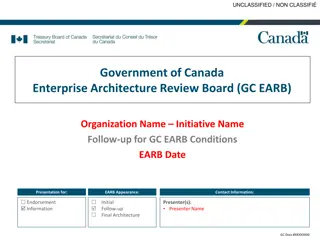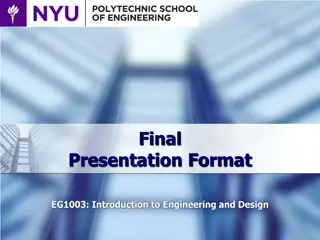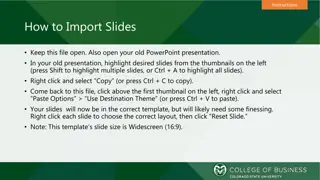
Mastering Argumentative Essay Organization
Explore the essential parts of an argumentative essay and learn how to effectively structure your writing with clear introduction, body paragraphs, and conclusion. Understand the significance of transition words and phrases for a cohesive argument. Start crafting compelling essays today!
Download Presentation

Please find below an Image/Link to download the presentation.
The content on the website is provided AS IS for your information and personal use only. It may not be sold, licensed, or shared on other websites without obtaining consent from the author. If you encounter any issues during the download, it is possible that the publisher has removed the file from their server.
You are allowed to download the files provided on this website for personal or commercial use, subject to the condition that they are used lawfully. All files are the property of their respective owners.
The content on the website is provided AS IS for your information and personal use only. It may not be sold, licensed, or shared on other websites without obtaining consent from the author.
E N D
Presentation Transcript
Day 4: Organization 1
Entry Ticket Read the sample text and label the parts of the argument. Underline the transition words. 2
In this lesson, you will learn 1 2 3 the basic organization of an argumentative essay strategies for organizing the purpose of transition words and phrases 3
Parts of an Argument 1 2 3 The argument ends with a conclusion, which recaps the main points and calls readers to action or provides final insights on the topic. Arguments start with an introduction, which should contain a summary and a claim. The claim creates the focus for the body of the argument, which contains reasons and evidence to support the claim. 4
Introduction Summary & Claim Body Sample Outline 1stParagraph Reason, Evidence & Reasoning 2ndParagraph Reason, Evidence & Reasoning 3rdParagraph Reason, Evidence & Reasoning Conclusion 5
Parts of an Argument: Introduction The introduction tells what your argument is about. A strong claim should be included in the introduction. The rest of the argument will focus on the claim. 6
There are common steps to use when writing an introduction to an argument: Writing an Introduction Summarize the topic or ongoing argument Present your claim: do you agree, disagree, or take another position? State your reasons why 7
Parts of an Argument: Body Paragraphs Body paragraphs support the claim by presenting reasons, evidence, and reasoning. 8
Introduction: Summary and Claim Parts of an Argument: Body Paragraphs Reason Reasoning Evidence Reason Reasoning Evidence Reason Reasoning Evidence Conclusion 9
This shows that there is an element of dishonesty in the use of robotic pets for dementia patients. The text explains, When dementia patients find out that the robot companion is not a real pet, we find that sometimes they don t engage with it as much. Order the sentences. Another reason that carebots should not replace human caregivers is that patients sometimes have to be tricked into thinking the bots are real in order for them to work. 10
The conclusion is the end of your argument and sums up all of the information you have presented about your claim. Parts of an Argument: Conclusion In your conclusion restate your claim; summarize how you proved or defended your claim; and encourage readers to agree or take action, or share final thoughts or insights. 11
You do it together. Work with others to order the sentences to create another reason paragraph for the body of the essay. 2
Paragraphs should be organized logically. There are different ways to organize paragraphs logically. For example, Parts of an Argument: Body Paragraphs list reasons, weakest to strongest, present a sequence, show cause and effect, address a reason and counterargument in each paragraph, and present the pros and cons of each aspect of the proposal. 13
Using Transition Words and Phrases Transitions are word and phrases that help connect the ideas in your argument. You can use transition words and phrases to make your ideas and organization clear to readers. 14
Transitions to Show Organization To show order To show importance To contrast ideas First of all Above all Some argue However Next Mainly On one hand On the other hand Finally More importantly On the contrary Surely Nevertheless 15
Independent Application Work individually to complete step 2 of the handout to organize the paragraphs of the essay. 2




